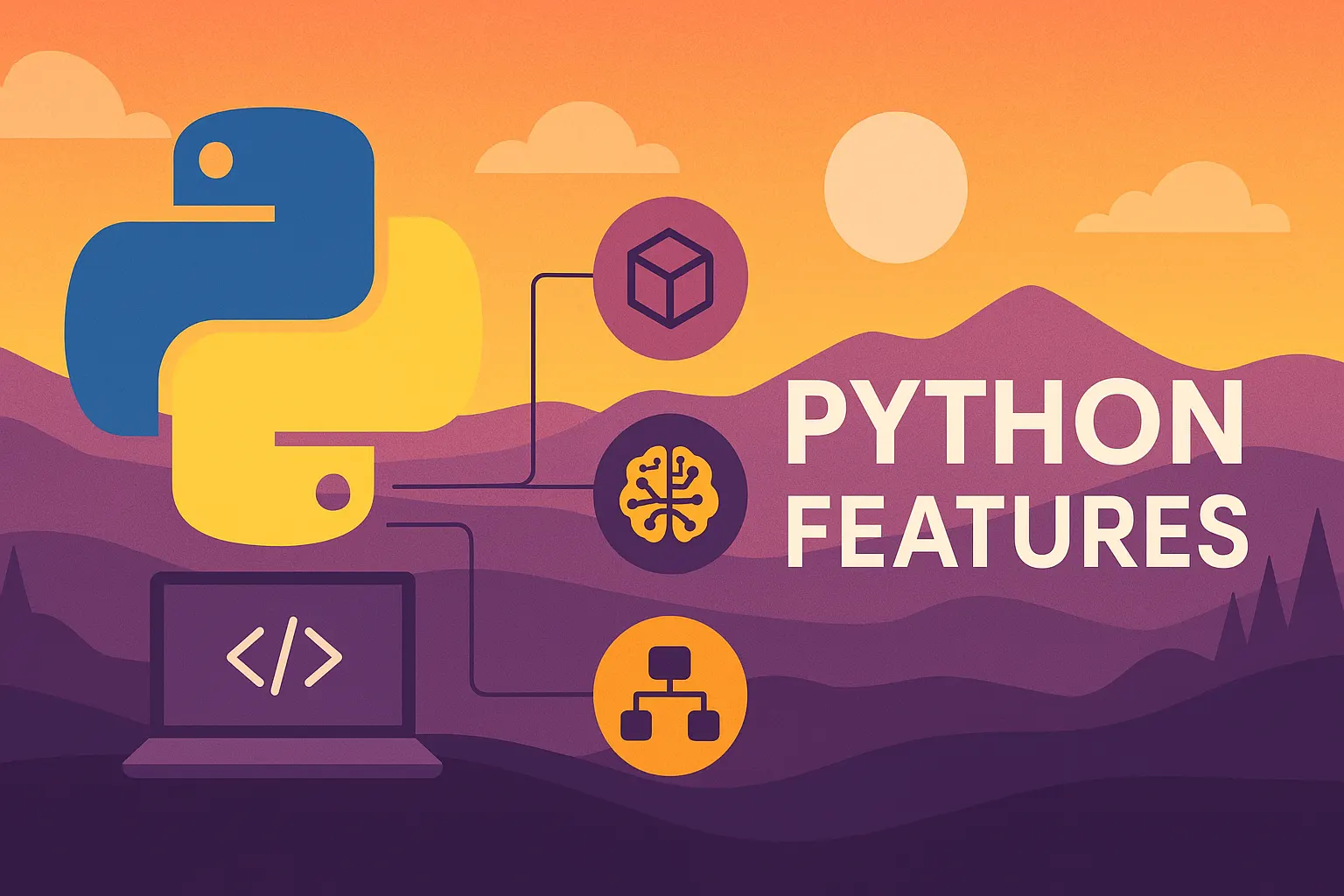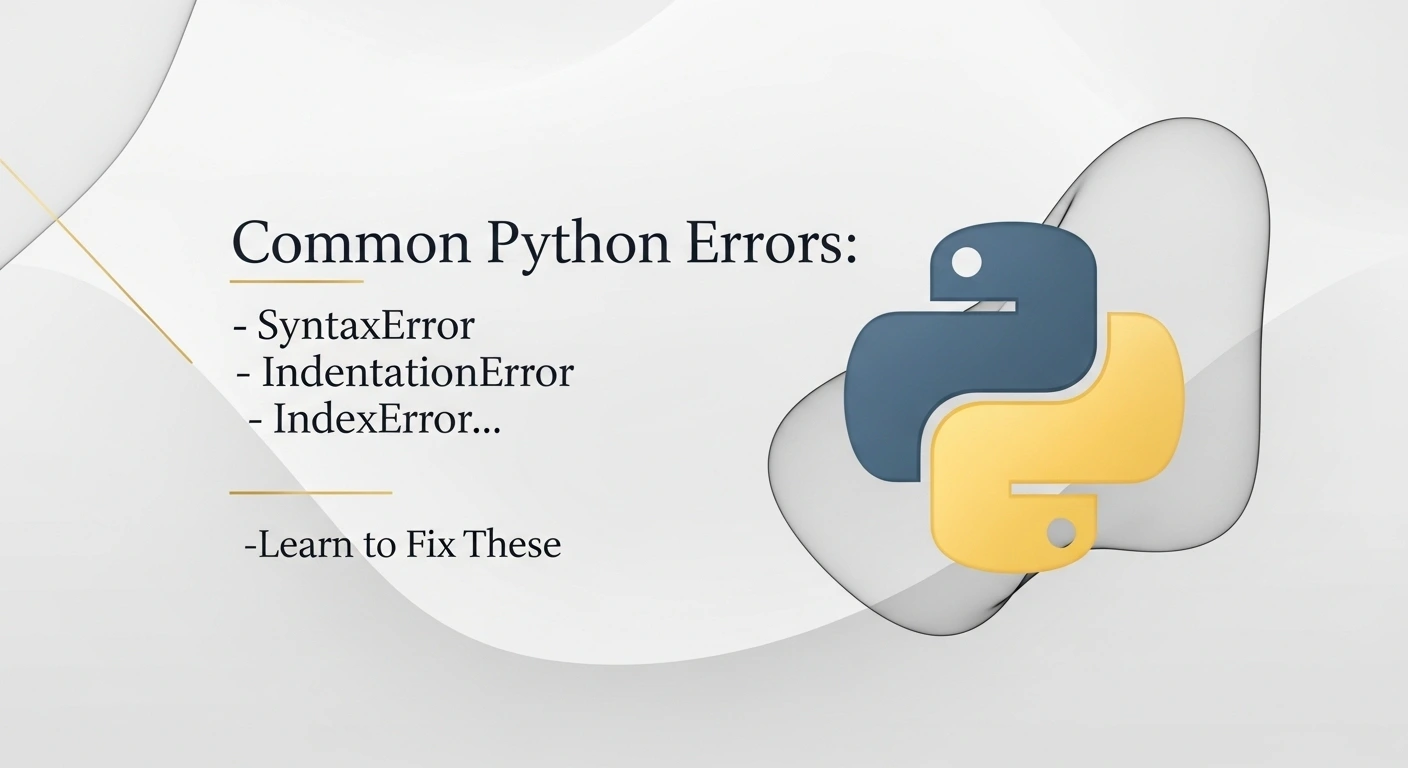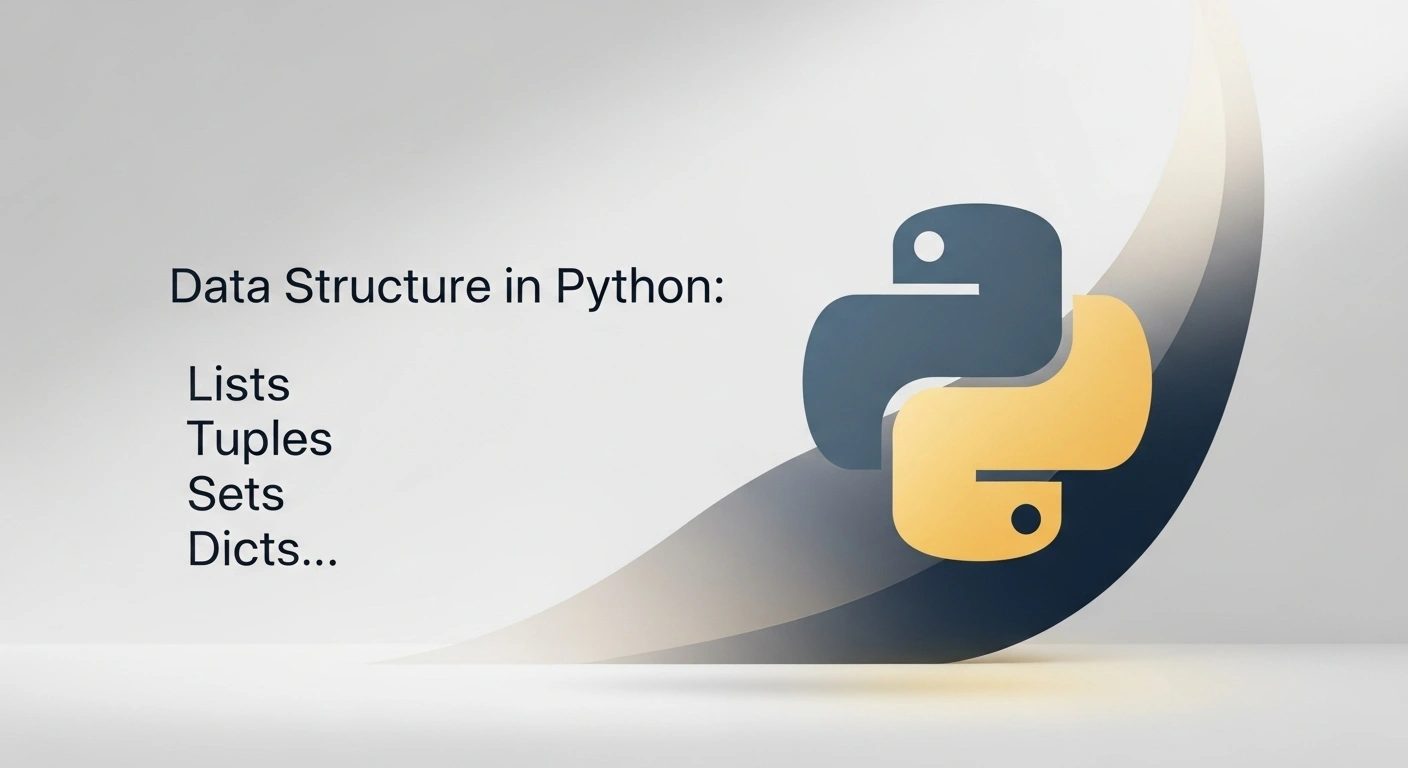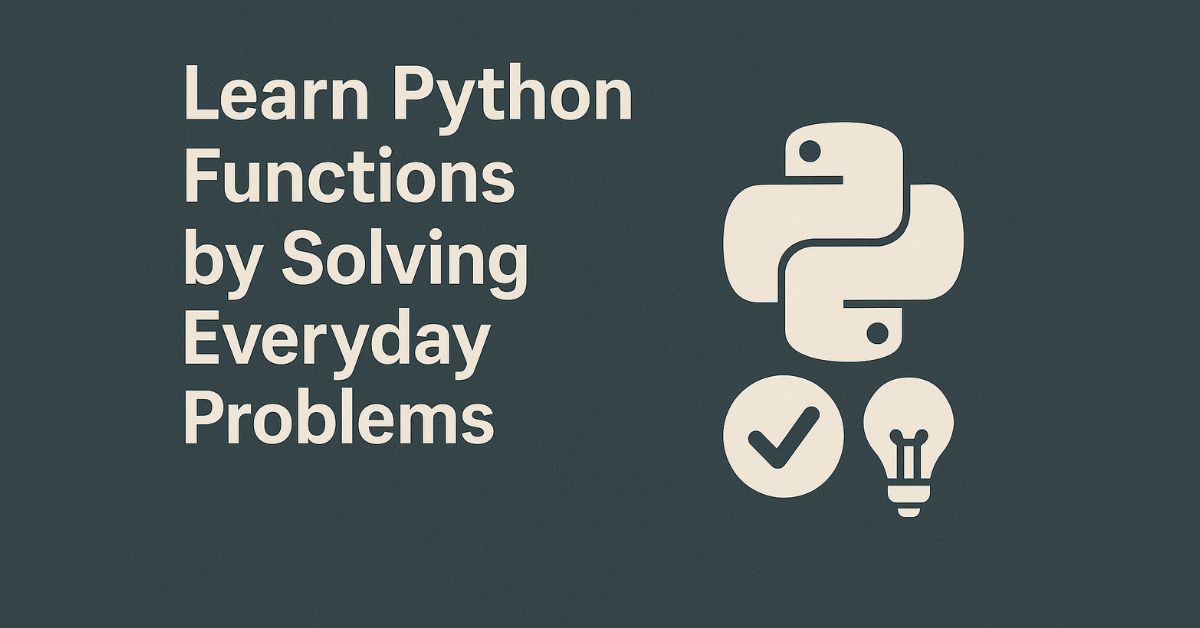Contributed by: Shveta Rajpal
Python Libraries are useful functions that eliminate the need to write code from scratch. Over 137,000 Python libraries are present today, and they play a vital role in developing machine learning, data science, data visualization, image and data manipulation applications, and more. Let us briefly introduce the Python Libraries and directly dive into the most popular libraries.
What is a Python Library?
A Python library is a collection of modules and packages that offer a wide range of functionalities. These libraries enable developers to perform various tasks without writing code from scratch.
They contain pre-written code, classes, functions, and routines that can be used to develop applications, automate tasks, manipulate data, perform mathematical computations, and more.
Python’s extensive ecosystem of libraries covers diverse areas such as web development (e.g., Django, Flask), data analysis (e.g., pandas, NumPy), machine learning (e.g., TensorFlow , scikit-learn), image processing (e.g., Pillow, OpenCV), scientific computing (e.g., SciPy), and many others.
This wealth of libraries significantly contributes to Python’s popularity among developers, researchers, and data scientists, as it simplifies the development process and efficiently implements complex functionality.
Test your Python fundamental knowledge and skills, take this Python Quiz.
How to Use Python Libraries
- Import Libraries:
- Begin by importing libraries using the
importstatement. - You can import entire libraries or specific modules within a library.
- Begin by importing libraries using the
- Utilize Functions and Classes:
- Access functions, classes, and other objects provided by the library.
- Use imported functions and classes in your program as needed.
- Read Documentation:
- Familiarize yourself with the documentation of the libraries you use.
- Documentation provides details about available functionalities, parameters, return values, and usage examples.
- Manage Dependencies:
- Use tools like
pipto install required libraries and their dependencies. - Consider using virtual environments to isolate dependencies for different projects and prevent version conflicts.
- Use tools like
- Optimize Performance:
- Libraries often contain optimized code for common tasks, leading to better performance.
- Leveraging libraries can result in more efficient and faster code execution.
- Customize Functionality:
- Libraries may offer options for customization or extension.
- Customize functionality by subclassing existing classes, overriding methods, or using configuration options provided by the library.
Python Fundamentals for Beginners Free Course
Master Python basics, from variables to data structures and control flow. Solve real-time problems and build practical skills using Jupyter Notebook.
Top 30 Python Libraries List
| Rank | Library | Primary Use Case |
|---|---|---|
| 1 | NumPy | Scientific Computing |
| 2 | Pandas | Data Analysis |
| 3 | Matplotlib | Data Visualization |
| 4 | SciPy | Scientific Computing |
| 5 | Scikit-learn | Machine Learning |
| 6 | TensorFlow | Machine Learning/AI |
| 7 | Keras | Machine Learning/AI |
| 8 | PyTorch | Machine Learning/AI |
| 9 | Flask | Web Development |
| 10 | Django | Web Development |
| 11 | Requests | HTTP for Humans |
| 12 | BeautifulSoup | Web Scraping |
| 13 | Selenium | Web Testing/Automation |
| 14 | PyGame | Game Development |
| 15 | SymPy | Symbolic Mathematics |
| 16 | Pillow | Image Processing |
| 17 | SQLAlchemy | Database Access |
| 18 | Plotly | Interactive Visualization |
| 19 | Dash | Web Applications |
| 20 | Jupyter | Interactive Computing |
| 21 | FastAPI | Web APIs |
| 22 | PySpark | Big Data Processing |
| 23 | NLTK | Natural Language Processing |
| 24 | spaCy | Natural Language Processing |
| 25 | Tornado | Web Development |
| 26 | Streamlit | Data Apps |
| 27 | Bokeh | Data Visualization |
| 28 | PyTest | Testing Framework |
| 29 | Celery | Task Queuing |
| 30 | Gunicorn | WSGI HTTP Server |
This table includes libraries essential for data scientists, web developers, and software engineers working with Python. Each library has its own strengths and is chosen for specific tasks, from web development frameworks like Django and Flask to machine learning libraries like TensorFlow and PyTorch to data analysis and visualization tools like Pandas and Matplotlib.
1. Scikit- learn
It is a free software machine learning library for the Python programming language. It can be effectively used for a variety of applications which include classification, regression, clustering, model selection, naive Bayes’, grade boosting, K-means, and preprocessing.
Scikit-learn requires:
- Python (>= 2.7 or >= 3.3),
- NumPy (>= 1.8.2),
- SciPy (>= 0.13.3).
Spotify uses Scikit-learn for its music recommendations and Evernote for building its classifiers. If you already have a working installation of NumPy and scipy, the easiest way to install scikit-learn is by using pip.
2. NuPIC
The Numenta Platform for Intelligent Computing (NuPIC) is a platform that aims to implement an HTM learning algorithm and make them a public source as well. It is the foundation for future machine learning algorithms based on the biology of the neocortex. Click here to check their code on GitHub.
3. Ramp
It is a Python library that is used for the rapid prototyping of machine-learning models. Ramp provides a simple, declarative syntax for exploring features, algorithms, and transformations. It is a lightweight pandas-based machine-learning framework and can be used seamlessly with existing Python machine-learning and statistics tools.
4. NumPy
When it comes to scientific computing, NumPy is one of the fundamental packages for Python, providing support for large multidimensional arrays and matrices along with a collection of high-level mathematical functions to execute these functions swiftly. NumPy relies on BLAS and LAPACK for efficient linear algebra computations. NumPy can also be used as an efficient multi-dimensional container of generic data.
The various NumPy installation packages can be found here.
5. Pipenv
The officially recommended tool for Python in 2017 – Pipenv is a production-ready tool that aims to bring the best of all packaging worlds to the Python world. The cardinal purpose is to provide users with a working environment that is easy to set up. Pipenv, the “Python Development Workflow for Humans,” was created by Kenneth Reitz for managing package discrepancies. The instructions to install Pipenv can be found here.
6. TensorFlow
TensorFlow's most popular deep learning framework is an open-source software library for high-performance numerical computation. It is an iconic math library and is also used for Python in machine learning and deep learning algorithms. Tensorflow was developed by the researchers at the Google Brain team within the Google AI organization. Today, it is being used by researchers for machine learning algorithms and by physicists for complex mathematical computations. The following operating systems support TensorFlow: macOS 10.12.6 (Sierra) or later; Ubuntu 16.04 or later; Windows 7 or above; Raspbian 9.0 or later.
Do check out our Free Course on Tensorflow and Keras and TensorFlow python. This course will introduce you to these two frameworks and will also walk you through a demo of how to use these frameworks.
7. Bob
Developed at Idiap Research Institute in Switzerland, Bob is a free signal processing and machine learning toolbox. The toolbox is written in a mix of Python and C++. From image recognition to image and video processing using machine learning algorithms, a large number of packages are available in Bob to make all of this happen with great efficiency in a short time.
8. PyTorch
Introduced by Facebook in 2017, PyTorch is a Python package that gives the user a blend of 2 high-level features – Tensor computation (like NumPy) with strong GPU acceleration and the development of Deep Neural Networks on a tape-based auto diff system. PyTorch provides a great platform to execute Deep Learning models with increased flexibility and speed built to be integrated deeply with Python.
Looking to get started with PyTorch? Check out these PyTorch courses to help you get started quickly and easily.
9. PyBrain
PyBrain contains algorithms for neural networks that can be used by entry-level students yet can be used for state-of-the-art research. The goal is to offer simple, flexible yet sophisticated, and powerful algorithms for machine learning with many pre-determined environments to test and compare your algorithms. Researchers, students, developers, lecturers, you, and I can use PyBrain.
10. MILK
This machine learning toolkit in Python focuses on supervised classification with a gamut of classifiers available: SVM, k-NN, random forests, and decision trees. A range of combinations of these classifiers gives different classification systems. For unsupervised learning, one can use k-means clustering and affinity propagation. There is a strong emphasis on speed and low memory usage. Therefore, most of the performance-sensitive code is in C++. Read more about it here.
11. Keras
It is an open-source neural network library written in Python designed to enable fast experimentation with deep neural networks. With deep learning becoming ubiquitous, Keras becomes the ideal choice as it is API designed for humans and not machines, according to the creators. With over 200,000+users as of November 2023, Keras has stronger adoption in both the industry and the research community, even over TensorFlow or Theano. Before installing Keras, it is advised to install the TensorFlow backend engine.
12. Dash
From exploring data to monitoring your experiments, Dash is like the front end to the analytical Python backend. This productive Python framework is ideal for data visualization apps particularly suited for every Python user. The ease we experience is a result of extensive and exhaustive effort.
13. Pandas
It is an open-source, BSD-licensed library. Pandas enable the provision of easy data structure and quicker data analysis for Python. For operations like data analysis and modeling, Pandas makes it possible to carry these out without needing to switch to more domain-specific language like R. The best way to install Pandas is by Conda installation.
14. Scipy
This is yet another open-source software used for scientific computing in Python. Apart from that, Scipy is also used for Data Computation, productivity, high-performance computing, and quality assurance. The various installation packages can be found here. The core Scipy packages are Numpy, SciPy library, Matplotlib, IPython, Sympy, and Pandas.
15. Matplotlib
All the libraries that we have discussed are capable of a gamut of numeric operations, but when it comes to dimensional plotting, Matplotlib steals the show. This open-source library in Python is widely used for publishing quality figures in various hard copy formats and interactive environments across platforms. You can design charts, graphs, pie charts, scatterplots, histograms, error charts, etc., with just a few lines of code.
The various installation packages can be found here.
16. Theano
This open-source python library enables you to efficiently define, optimize, and evaluate mathematical expressions involving multi-dimensional arrays. For a humongous volume of data, handcrafted C codes become slower.
Theano enables swift implementations of code. Theano can recognize unstable expressions and yet compute them with stable algorithms, giving it an upper hand over NumPy. The closest Python package to Theano is Sympy. So let us talk about it.
17. SymPy
For all the symbolic mathematics, SymPy is the answer. This Python library for symbolic mathematics is an effective aid for computer algebra systems (CAS) while keeping the code as simple as possible to be comprehensible and easily extensible. SimPy is written in Python only and can be embedded in other applications and extended with custom functions. You can find the source code on GitHub.
18. Caffe2
The new boy in town – Caffe2, is a Lightweight, Modular, and Scalable Deep Learning Framework. It aims to provide an easy and straightforward way for you to experiment with deep learning. Thanks to Python and C++ APIs in Caffe2, we can create our prototype now and optimize it later. You can get started with Caffe2 now with this step-by-step installation guide.
19. Seaborn
When it comes to the visualization of statistical models like heat maps, Seaborn is among the reliable sources. This Python library is derived from Matplotlib and is closely integrated with Pandas data structures. Visit the installation page to see how this package can be installed.
20. Hebel
This Python library is a tool for deep learning with neural networks using GPU acceleration with CUDA through pyCUDA. Right now, Hebel implements feed-forward neural networks for classification and regression on one or multiple tasks. Other models such as Autoencoder, Convolutional neural nets, and Restricted Boltzman machines are planned for the future. Follow the link to explore Hebel.
21. Chainer
A competitor to Hebel, this Python package aims at increasing the flexibility of deep learning models. The three key focus areas of Chainer include :
a. Transportation system: The makers of Chainer have consistently shown an inclination toward automatic driving cars, and they have been in talks with Toyota Motors about the same.
b. Manufacturing industry: Chainer has been used effectively for robotics and several machine learning tools, from object recognition to optimization.
c. Bio-health care: To deal with the severity of cancer, the makers of Chainer have invested in research of various medical images for the early diagnosis of cancer cells.
The installation, projects and other details can be found here.
So here is a list of the common Python Libraries which are worth taking a peek at and, if possible, familiarizing yourself with. If you feel there is some library that deserves to be on the list, do not forget to mention it in the comments.
22. OpenCV Python
Open Source Computer Vision or OpenCV is used for image processing. It is a Python package that monitors overall functions focused on instant computer vision. OpenCV provides several inbuilt functions; with the help of this, you can learn Computer Vision. It allows both to read and write images at the same time. Objects such as faces, trees, etc., can be diagnosed in any video or image. It is compatible with Windows, OS-X, and other operating systems. You can get it here.
To learn OpenCV from basics, check out the OpenCV Tutorial
23. Theano
Along with being a Python Library, Theano is also an optimizing compiler. It is used for analyzing, describing, and optimizing different mathematical declarations at the same time. It makes use of multi-dimensional arrays, ensuring that we don’t have to worry about the perfection of our projects. Theano works well with GPUs and has an interface quite similar to Numpy. The library makes computation 140x faster and can be used to detect and analyze any harmful bugs. You can get it here.
24. NLTK
The Natural Language Toolkit, NLTK, is one of the popular Python NLP Libraries. It contains a set of processing libraries that provide processing solutions for numerical and symbolic language processing in English only. The toolkit comes with a dynamic discussion forum that allows you to discuss and bring up any issues relating to NLTK.
25. SQLAlchemy
SQLAcademy is a Database abstraction library for Python that comes with astounding support for a range of databases and layouts. It provides consistent patterns, is easy to understand, and can be used by beginners too. It improves the speed of communication between Python language and databases and supports most platforms such as Python 2.5, Jython, and Pypy. Using SQLAcademy, you can develop database schemes from scratch.
26. Bokeh
A Data visualization library for Python, Bokeh allows interactive visualization. It makes use of HTML and Javascript to provide graphics, making it reliable for contributing web-based applications. It is highly flexible and allows you to convert visualization written in other libraries such as ggplot or matplot lib. Bokeh makes use of straightforward commands to create composite statistical scenarios.
27. Requests
Requests enables you to send HTTP/1.1 requests and include headers, form data, multipart files, and parameters using basic Python dictionaries.
Similarly, it also enables you to retrieve the answer data.
28. Pyglet
Pyglet is designed for creating visually appealing games and other applications. Windowing, processing user interface events, joysticks, OpenGL graphics, loading pictures and movies, and playing sounds and music are all supported. Linux, OS X, and Windows all support Pyglet.
29. LightGBM
One of the best and most well-known machine learning libraries, gradient boosting, aids programmers in creating new algorithms by using decision trees and other reformulated basic models. As a result, specialized libraries can be used to implement this method quickly and effectively.
30. Eli5
The Python-built Eli5 machine learning library aids in addressing the problem of machine learning model predictions that are frequently inaccurate. It combines visualization, debugging all machine learning models, and tracking all algorithmic working processes.
Important Python Libraries for Data Science
Master Data Science with Python Course
Learn Data Science with Python in this comprehensive course! From data wrangling to machine learning, gain the expertise to turn raw data into actionable insights with hands-on practice.
Here’s a list of interesting and important Python Libraries that will be helpful for all Data Scientists out there. So, let’s start with the 20 most important libraries used in Python-
Scrapy- Scrapy is a collaborative framework for extracting the data that is required from websites. It is quite a simple and fast tool.
BeautifulSoup- This is another popular library that is used in Python for extracting or collecting information from websites, i.e., it is used for web scraping.
statsmodels- As the name suggests, Statsmodels is a Python library that provides many opportunities, such as statistical model analysis and estimation, performing statistical tests, etc. It has a function for statistical analysis to achieve high-performance outcomes while processing large statistical data sets.
XGBoost- This library is implemented in machine learning algorithms under the Gradient Boosting framework. It provides a high-performance implementation of gradient-boosted decision trees. XGBoost is portable, flexible, and efficient. It provides highly optimized, scalable, and fast implementations of gradient boosting.
Plotly-This library is used for plotting graphs easily. This works very well in interactive web applications. With this, we can make different types of basic charts like line, pie, scatter, heat maps, polar plots, and so on. We can easily plot a graph of any visualization we can think of using Plotly.
Pydot- Pydot is used for generating complex-oriented and non-oriented graphs. It is specially used while developing algorithms based on neural networks and decision trees.
Gensim- It is a Python library for topic modeling and document indexing, which means it is able to extract the underlying topics from a large volume of text. It can handle large text files without loading the entire file in memory.
PyOD- As the name suggests, it is a Python toolkit for detecting outliers in multivariate data. It provides access to a wide range of outlier detection algorithms. Outlier detection, also known as anomaly detection, refers to the identification of rare items, events, or observations that differ from a population's general distribution.
This brings us to the end of the blog on the top Python Libraries. We hope that you benefit from the same. If you have any further queries, feel free to leave them in the comments below, and we'll get back to you at the earliest.
In addition to leveraging these libraries, businesses can enhance their software development processes by utilizing Python development services. These services provide expert developers who can create custom applications, integrate libraries effectively, and optimize code for performance.
The path below will guide you to become a proficient data scientist.
| Data Science Course Certificates |
| Data Science Course Placements |
| Data Science Course Syllabus |
| Data Science Course Eligibility |






